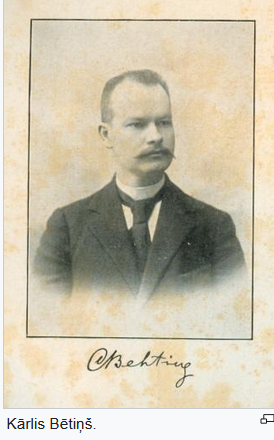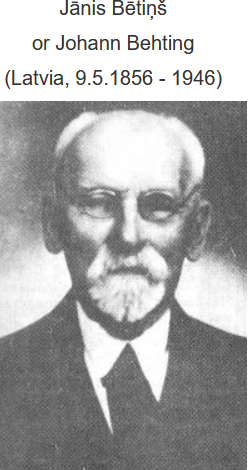Master's words
 A panorama, as every year, of the world solving championship, one of the worst results in history for the so-called "French team". Your fake master was absent, phew! But in any case, the excellent results of 2008 and 2009 masked the sad reality: there are no newcomers, France is, in this field, a dead country. No young solutionist, no young composer (yes, only one) on the horizon.
A panorama, as every year, of the world solving championship, one of the worst results in history for the so-called "French team". Your fake master was absent, phew! But in any case, the excellent results of 2008 and 2009 masked the sad reality: there are no newcomers, France is, in this field, a dead country. No young solutionist, no young composer (yes, only one) on the horizon.
 We have removed a silly (in our opinion) 2# and an undrinkable study. We have left the solutions of some positions, just in case...
We have removed a silly (in our opinion) 2# and an undrinkable study. We have left the solutions of some positions, just in case...

I add a long, pretty but rather easy problem, as well as a helpmate from our national hero... also long, much more than it seems! Watch out for the trap!
A miraculous rescue discovered in the analysis of a game, about a book review that took me a while (see on the attachment the variant 7...Ra6?). I'll probably put it on the sinking forum I mentioned last month.
New with two pawns against one: impossible? It's not Dutch.


At the age of 20, I had been fascinated by a strange study of the Behting brothers (Johann and Carl) involving a long manoeuvre of King and Bishop against King (with Knight immobilised), which recalls the interminable process of winning in King + two Knights against King + pawn. I had copied the solution, promising myself to dissect it later. It seems that I had something else to do in the meantime. But it is never too late...
After the 12th move of our game of the day, starting with 1 d4, we are in the final game of a very long world championship, with a controversial outcome. But this one had started with 1 e4. And we were already on the 14th move. Weird. Did you say "weird"? And this game can also be dedicated to Bent Larsen in memoriam, since it contains the moves a4! and h4! Let us recall that a journalist had written in 1966 that the winner of the Le Havre tournament had played a4 and h4 (or ...a5 and ...h5 when he had Black) in all games! This was a gross exaggeration: he did so "only" in 8 out of 11 games.
See you, God willing, for the fairy course in a fortnight, on December 14.
Have a good time.
AV
Comments
1 Alain On Thursday, september 15, 2022